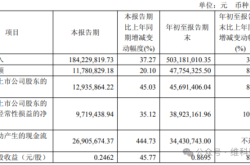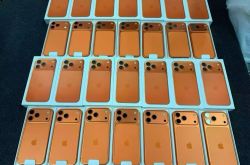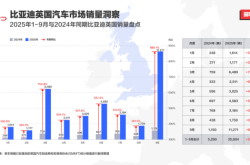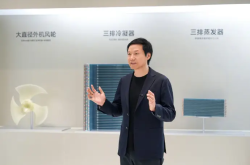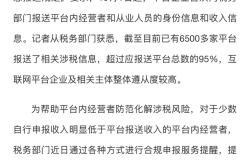The "War" of Chips Intensifies: Who Will Dominate the Future of Smart Cars in the Race for Computing Power?
![]() 03/28 2025
03/28 2025
![]() 504
504
As the NVIDIA GTC Conference showcases the Blackwell Ultra GB300 chip, a silent battle for future discourse power in the smart car industry quietly intensifies. This eagerly anticipated chip, boasting 288GB of HBM3e memory and 15 peta FLOPS of FP4 computing power, sets a new benchmark for automotive-grade chips. It not only embodies the dream of L4-level autonomous driving computing power but also emerges as a pivotal bargaining chip in the game between tech giants and automakers.
This computing power revolution coincides with a wave of "intelligent driving equality" initiated by Chinese automakers. Leapmotor's B10, equipped with Qualcomm's 8295 chip, is priced at RMB 129,800, while Huawei's lidar solution in collaboration with GAC reaches the RMB 140,000 mark. Chery has announced that all its models will come standard with high-level autonomous driving by 2025—signaling a rewriting of the industry chain's value distribution logic. In this game, the evolution of chip technology becomes a crucial variable, driving autonomous driving systems towards L4 while forcing automakers and tech giants to find a new balance between cost, autonomy, and closed-loop ecosystems.
▍New Chips Define the "Computing Power Ceiling" for Automotive-Grade AI
NVIDIA announced the full-scale production of the Blackwell Ultra GB300 chip at GTC 2025. Its AI performance surpasses that of the previous Hopper architecture by 40 times and introduces a full-water-cooled cooling system into automotive-grade server design for the first time, significantly enhancing stability under high loads. This breakthrough not only addresses the heat dissipation bottleneck of traditional air-cooled systems under increasing power consumption but also reduces hardware iteration costs through a socket-based GPU design (allowing users to replace it freely like a CPU), providing automakers with a flexible technology upgrade path.
More crucially, NVIDIA strengthens its discourse power in the autonomous driving industry chain through deep integration of the software ecosystem. The release of the open-source software platform "Dynamo" has been described by Jen-Hsun Huang as the "operating system of the AI factory," optimizing the efficiency of the entire process from training to inference and even supporting automakers to develop customized algorithms under a unified architecture. This full-stack capability of "hardware + software + services" enables NVIDIA to deeply integrate with automakers' autonomous driving system development, such as collaborating with General Motors to build autonomous driving fleets and jointly researching and developing with Wanma Technology in the fields of simulation computing and edge computing.

NVIDIA's ecological layout further underscores its ambition. By integrating silicon photonics communication technology through the NVIDIA Photonics platform, Blackwell Ultra achieves a multi-GPU interconnection latency of 500 nanoseconds, enabling distributed in-vehicle computing architectures. Li Auto's latest MindVLA architecture leverages this feature, distributing modules such as environmental modeling, trajectory planning, and risk prediction of the autonomous driving system to different computing units, ensuring functional safety redundancy while breaking through the computing power bottleneck of traditional centralized architectures.
This "hardware openness + software definition" model is also rewriting the rules of the automotive chip market. Data shows that in the first half of 2024, NVIDIA's Drive Orin-X occupied a 35.9% market share with nearly 730,000 installations. Its financial performance also confirms this dominance: In the fourth fiscal quarter ended January 26, the company achieved revenue of USD 39.3 billion, a year-on-year increase of 78%, with a gross margin exceeding 70%, raising concerns among automakers about the discourse power of the industry chain.
Some manufacturers are beginning to experiment with self-developed chips or adopt a multi-supplier strategy to avoid reliance on a single giant. Multiple automakers are training end-to-end autonomous driving models using real road condition data accumulated from test vehicles, attempting to reduce the absolute demand for hardware at the algorithmic level. The essence of this game lies in the trade-off between automakers' technological autonomy and development efficiency.
▍Supply Chain Integration and Cost Parity "Walking on Two Legs"
Faced with NVIDIA's "technological barriers," automakers are restructuring the entire chain through supply chain integration and cost control. The practices of BYD, Leapmotor, and other companies demonstrate that vertical integration and large-scale production are the keys to breaking monopolies.
Relying on the "Tian Shen Zhi Yan" series of autonomous driving systems, BYD has reduced the hardware cost of high-speed NOA functions to below RMB 5,000 through self-developed chips and algorithms. The secret lies in deeply integrating cameras, millimeter-wave radars, and ultrasonic radars, optimizing algorithms using daily road test data of 72 million kilometers, and reducing reliance on high-cost sensors such as lidars. This model of data feeding back into hardware enables BYD to rapidly popularize autonomous driving functions in the RMB 100,000-200,000 price range, aiming for a penetration rate of over 60% by 2025.
When XPeng collaborated with NVIDIA to develop the DRIVE Thor platform, it required the latter to open its underlying algorithm interface to independently optimize autonomous driving functions. Leapmotor's B10, equipped with Qualcomm's 8295 chip, leverages its integrated cockpit and driving architecture to achieve "multi-purpose with one chip," reducing hardware redundancy. Under this model, automakers force chip manufacturers to lower prices through large-scale procurement and customized needs while grasping the initiative in software-defined vehicles.
With breakthroughs in AI technologies such as DeepSeek, the hardware cost of urban NOA is expected to drop to the RMB 5,000 level (currently around RMB 9,000). Automakers reduce their reliance on high-computing-power chips by optimizing the reasoning energy consumption of decision-making models (reducing by 80%) and promoting the popularization of the "integrated cockpit and driving" architecture. Under this technological trend, "luxury configurations" such as lidars and high-precision maps are gradually being replaced by lightweight solutions, with autonomous driving functions becoming standard equipment.
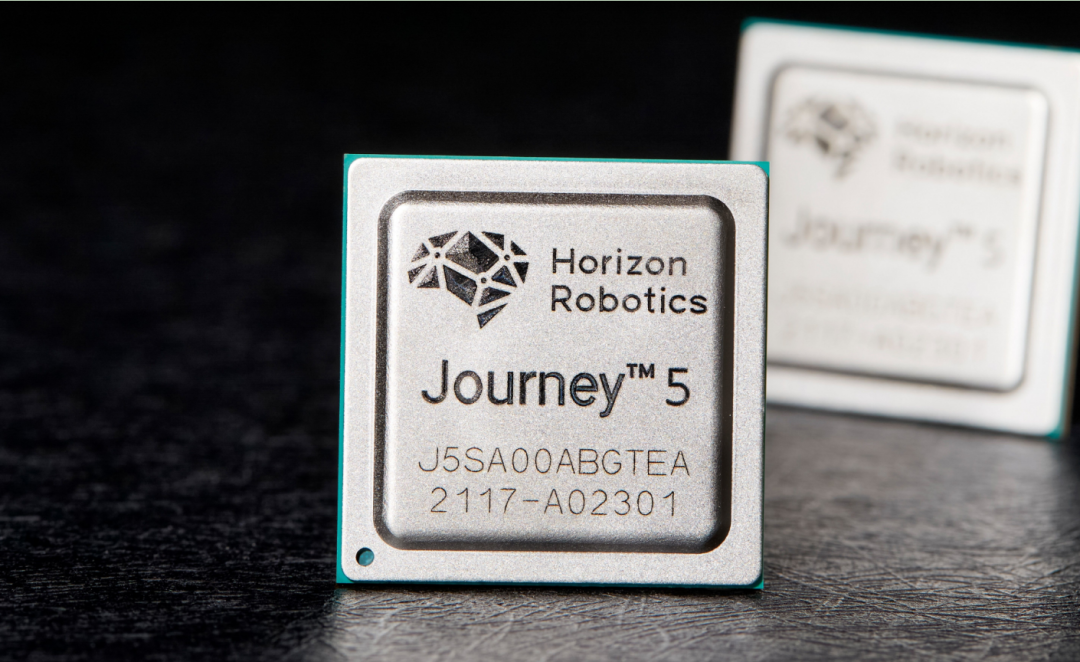
In the market dominated by NVIDIA and Qualcomm, domestic manufacturers such as Horizon Robotics and Black Sesame Technology are also trying to break through. Horizon Robotics' Journey 5 chip boasts 96 TOPS of computing power, while Black Sesame Technology's A1000pro exceeds 106 TOPS. Although there is still a gap with NVIDIA, they have achieved commercial landings in specific scenarios. Domestic chip manufacturers avoid direct competition with general-purpose GPUs and focus on optimization for specific scenarios: Horizon Robotics achieves low power and high computing power in the field of visual perception through "algorithm + chip" collaborative design; Black Sesame Technology combines AI computing power with automotive-grade safety standards through a heterogeneous architecture. Although these technical paths cannot cover all scenarios, they already possess substitution capabilities in niche areas such as parking and highway piloting.
However, technological barriers still exist. NVIDIA's CUDA ecosystem and trillion-parameter model training capabilities are difficult to surpass in the short term, while domestic chips are still at a disadvantage in terms of automotive-grade certification, tool chain completeness, and developer community size. Some automakers choose to "walk on two legs": adopting NVIDIA chips for high-end models to ensure performance and introducing domestic solutions for mid- and low-end models to control costs.
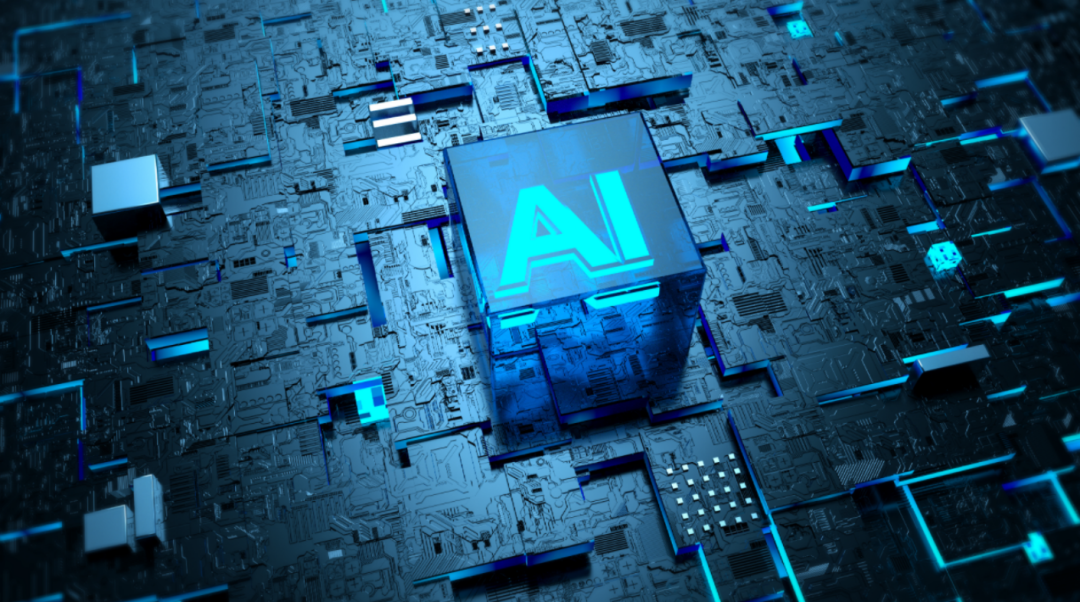
Behind the chip war for smart cars lies the redistribution of computing power dominance and industry chain value. NVIDIA constructs a "hegemony" of computing power with technological barriers, automakers compete for the initiative through supply chain integration and cost control, and domestic manufacturers seek differentiated opportunities in the cracks. As L4-level autonomous driving approaches, this game will become more intense, and the ultimate winners will be those "chain leaders" that can both master core technologies and deeply understand user needs.
Typesetting 丨 Yang Shuo
Image Sources: Shutterstock, NVIDIA, Horizon Robotics

